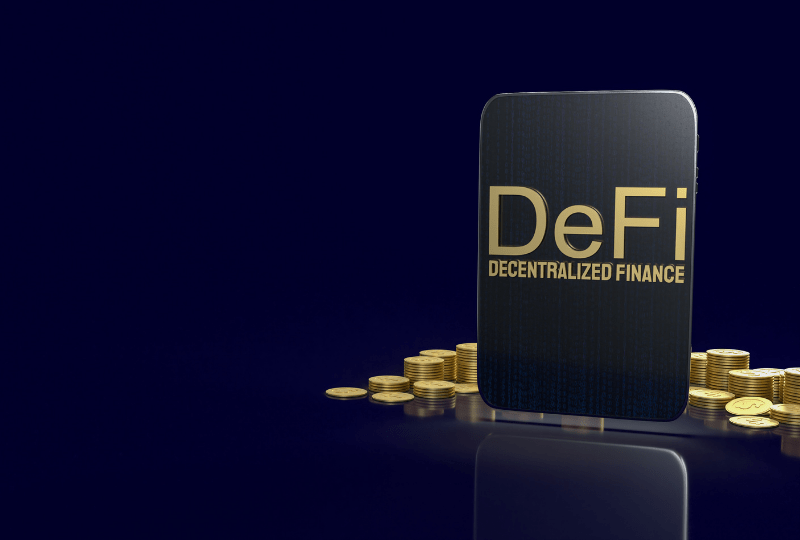Fintech Poland Foundation, in cooperation with Cashless, has recently published a report which aims to introduce the issue of decentralized finance DeFi (DeFi stands for Decentralised Finance). You can read about this new area of financial services market in our article.
 What is decentralized finance?
What is decentralized finance?
The essence of decentralized finance is that it is a set of tools and applications functioning in the blockchain network and allowing the user to use a number of financial services that we know from the traditional financial sector, but implemented mostly without the participation of a central institution (e.g. bank).
The functioning of the service is coordinated by the so-called smart contracts, i.e. agreements written and programmed in the form of computer code located in the blockchain network. The services which are realized in DeFi model include lending, asset trading, insurance or providing liquidity for exchanges. What is important is the fact that the blockchain technology, on which DeFi is based, allows to omit the link, i.e. a particular financial institution that mediates the transactions. The decentralization of transactions, the absence of an intermediary and the equality of all participants in the register are the features that distinguish DeFi from traditional, centralized banking.
The potential of DeFi market
As Fintech Poland points out, decentralized finance has huge growth potential. In less than a year and a half (from July 2020 to October 2021), DeFi market capitalization grew from $3 billion to over $200 billion. Add to these numbers the potential of the cryptoasset market – today, cryptoassets are already used by 330 million users worldwide, and the value of transactions on the Etherum blockchain reached $2.5 trillion in the second quarter of 2021.
How is DeFi different from traditional finance?
The DeFi marketplace is an innovation of sorts that could soon change the status quo of the financial sector. We outline the main areas of difference between DeFi and traditional, centralized finance:
No middleman
In traditional banking, there is an intermediary between one party and the other in a transaction, with control and full access to the transaction history, such as a bank that provides the full legal, technical and institutional infrastructure.
In DeFi the institution of an intermediary does not exist – there is a single, distributed register of transactions that can be accessed by any user of the system, on an equal footing.
Control over assets
In the traditional approach, funds and client assets are directly controlled by regulated financial entities. In decentralized finance, assets are always under the control of the user, without the involvement of a third party.
Execution and speed of transactions
Transaction clearing and settlement with DeFi is accomplished much more efficiently than with traditional banking – recording the transaction on the blockchain usually completes the settlement process. Depending on the type of blockchain it takes from a second to several minutes, while the settlement of the transaction performed by the clearing house usually takes from a few hours to 3 days.
Regulations
The traditional banking market is heavily regulated, with governance and oversight of the system determined by service providers, regulators and supervisors. The supervision of the operation of the protocol on which DeFi is based is done by the community around the network. Especially in the initial phase, the supervision is performed by
developers. As the network grows, the management system often takes a decentralized form which involves distribution of voting rights
among the community involved in protocol development. Voting on changes is done using so-called management tokens.
Security
Traditional banking and financial applications are vulnerable to attacks
and data leaks both by people from outside and from
The human factor generates the biggest risk of error.
In DeFi, individual applications and protocols are vulnerable to attacks and exploits,
mainly through errors in code and imperfect design of smart contracts.
However, the openness of the code promotes rapid security improvements through
comments from the community. The security of a blockchain network is also directly proportional to the number of people involved in securing the network itself.
Services
DeFi’s primary service categories include:
Stable cryptocurrencies (stablecoins) – which are digital currencies whose value
is pegged to the corresponding fiat currencies (currencies that are not backed by material goods).
Exchanges – analogous to traditional stock exchanges, they allow the exchange
and trade in digital assets.
Loans – this service involves the creation of time-limited, interest-bearing instruments that allow users of the protocol to block assets in it and earn passive income, as well as borrowing assets in exchange for interest.
Derivatives – are financial instruments whose value is dependent on the value of an underlying asset or group of assets.
Asset management – includes tools and services that optimize the allocation of asset allocation in an investment portfolio based on variables such as risk profile or time horizon or time horizon.
Insurance – provides financial protection should a particular event occur, reducing the overall risk associated with a transaction.
Oracles – services that provide smart contracts with access to data from outside the network (such as asset prices underlying
derivative products in the DeFi ecosystem – both decentralized as well as traditional)
Cryptocurrency wallets – interfaces that allow users to manage crypto assets stored in the blockchain. They are divided
into non-trusted wallets (the user has exclusive control over the funds through their private keys) and custodian wallets, (private keys are managed by service provider).
Summary
DeFi seems to be one of the most innovative and fastest growing areas of modern finance. The development of decentralized finance changes the foundations on which the banking system was based for years – it neutralizes the role of financial institutions, balances the level of control of system participants, gives wide access to capital and new users. Like any innovation, DeFi is not free from risks and threats, which grow in direct proportion to the development of this area. Therefore, on the one hand, the financial market should reckon with the potential of DeFi, and on the other hand, the focus should be on adapting the financial ecosystem to the possibilities of decentralized banking and securing a regulatory area that will allow the participants of this market to develop in a safe and legal manner.

